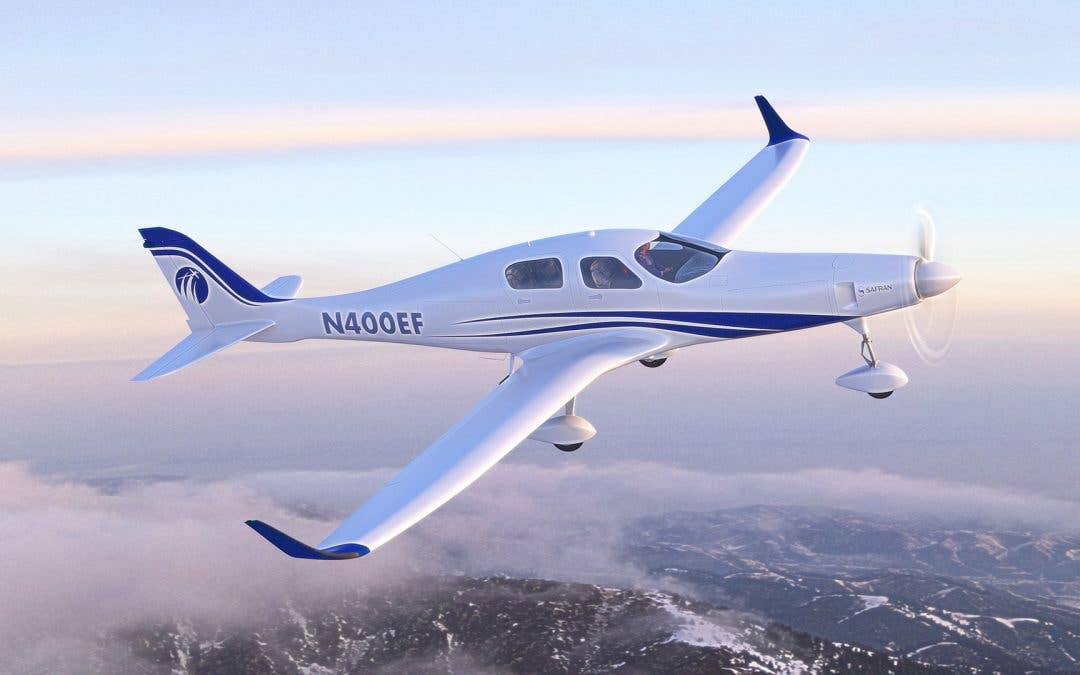Skyborne Flight Academy Inks LOI for 30 More Bye eFlyer Trainers
Electric aircraft developer Bye Aerospace has announced that Skyborne Airline Academy has signed a letter of intent to acquire an additional 30 eFlyer aircraft. With bases in Vero Beach, Florida,…

Electric aircraft developer Bye Aerospace has announced that Skyborne Airline Academy has signed a letter of intent to acquire an additional 30 eFlyer aircraft. With bases in Vero Beach, Florida, and Gloucestershire, U.K., the academy now has an interest in 40 Bye aircraft.
Bye now claims commitments for 889 eFlyer 2 and eFlyer 4 aircraft valued at an estimated $570 million. Bye Aerospace claims the total order book for its “complete aviation line” now exceeds $1.4 billion.
Skyborne Airline Academy CEO Lee Woodward said, “By investing in Bye’s eFlyer aircraft, we will reduce our impact on the environment and support our airline partners with their sustainability goals. We’re proud to expand our order arrangement and look forward to seeing the eFlyer at Skyborne.”
Bye said it intends to produce its first eFlyer within the next 12 months, with FAA certification expected in 2025. Customer deliveries would “immediately follow.”






